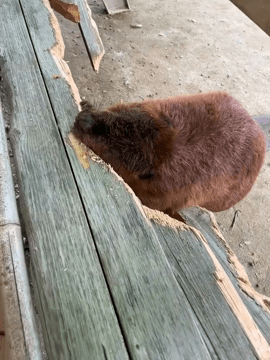
Hunting in Manicaland: Discover the Hunting Seasons and Time-Honored Traditions of the Area Manicaland, located in eastern Zimbabwe, is a paradise for hunters seeking an authentic African experience. Nestled between Mozambique and the lush mountains of the Eastern Highlands, this region offers diverse landscapes and abundant wildlife that make it one of Africa’s premier hunting destinations. From its rich natural features to its vibrant traditions, Manicaland provides a unique backdrop for those eager to pursue big game like the elusive nyala. Geographical and Natural Features from a Hunter’s Perspective Manicaland’s geography is defined by its dramatic contrasts—rolling savannas give way to dense forests, while mountain ranges rise sharply into mist-covered peaks. The region boasts three distinct ecosystems: lowveld woodlands, mid-altitude bushveld, and highland rainforests. These varied terrains create ideal habitats for different species, making the area particularly appealing
Post: 14 July 21:14















































